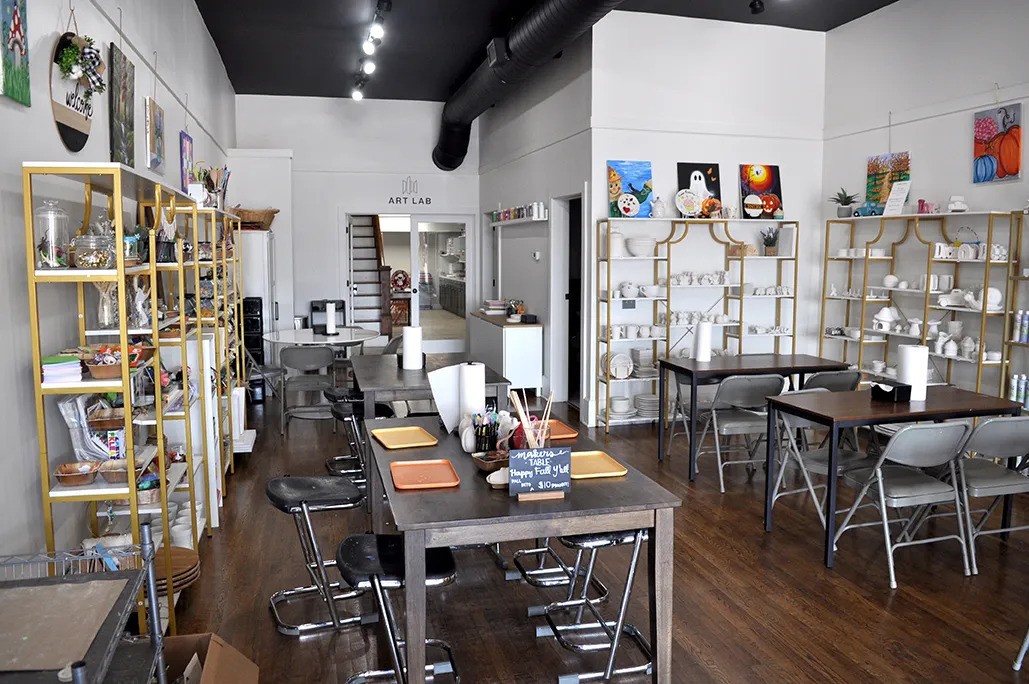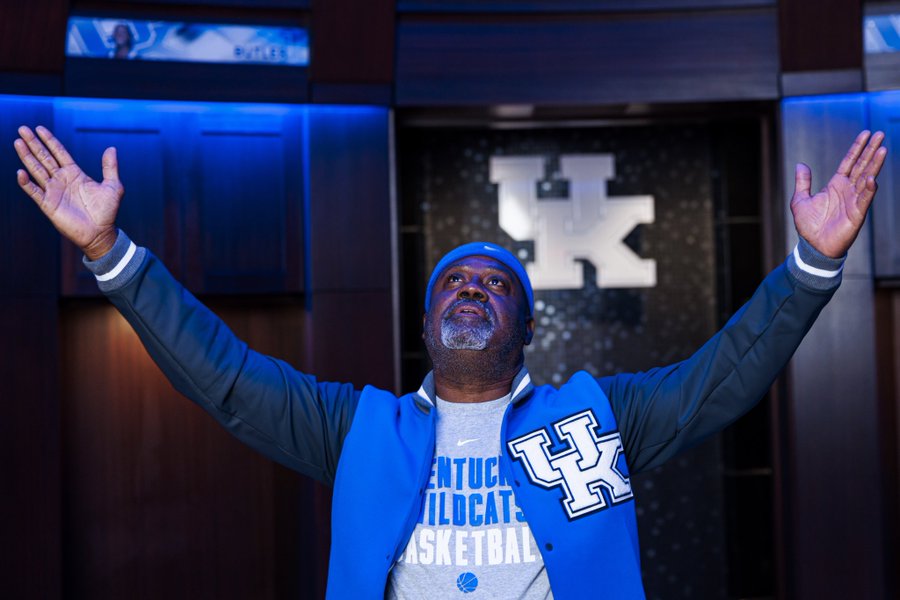Comparing the costs of disposable, reusable cups
Published 8:05 pm Sunday, April 23, 2017
There are a lot of different trends these days, and not all of them are worth joining in on. But I have joined in on one trend I think is great for the environment: metal cups.
You have probably seen these popular metal tumblers around. They are stainless steel with a plastic lid and they boast how they keep your drinks cold or hot for a long time.
I had seen them around for a while but hadn’t gotten one, even though I do love a good reusable cup. They are less expensive now that they have been out for a while and I found one with a purple lid, so how could I resist?
Purchasing my cup made me start to wonder how many plastic cups I’d have to avoid to “break even” from the standpoint of how much energy I use. The whole purpose of bringing your own cup is to avoid one-time-use cups. However, reusable cups take a lot more energy to produce than an individual, disposable cup. You have to use a reusable cup in place of a disposable one many times to make a positive impact on the environment.
When I started doing research, I found that, surprisingly, there haven’t been many studies about on the energy cost reusable cups vs. disposable ones. I was really surprised because I know that reusable cups have been increasingly popular in the last few years. Lots of restaurants and gas stations have their own branded cups that you can bring back time and time again. Lots of fast food restaurants will let you bring your own cup, something that wasn’t really heard of even eight or 10 years ago. And while it’s still not common, I get fewer and fewer strange looks when I tell cashiers I have my own cup.
The research I did find was a life-cycle energy analysis, and it was performed by chemistry professor Martin B. Hocking at the University of Victoria in 1994. The study compared the energy used to produce ceramic, plastic and glass reusable cups to one-time-use paper and foam cups. We all know that glass and paper are better for the environment than foam cups, because glass can be recycled and paper will decompose, while foam will persist in the environment forever. But I was surprised by a few of things that I learned.
One thing was that ceramic takes a lot of energy to produce — much more than plastic or glass. The other thing I learned is that foam is really cheap to produce, which is probably why it’s inexpensive and we get it in all sorts of one-time-use situations.
Another thing I hadn’t thought about before was the energy and water it takes to wash your cup, because a reusable cup has to be washed and a one-time-use cup does not. The water and energy has to be factored into the environmental impact of the multi-use cup. And because dishwashers use water and energy more efficiently than you do in your sink, it’s better to purchase a reusable cup that is dishwasher safe.
It’s also important to invest in a cup that is built well and will last for a long time, because it will be able to replace many more disposable cups. I’m hoping my new metal one will last a really long time, because it’s less likely to break than glass or plastic.
So here is the breakdown:
• Ceramic cups — You would have to use your reusable ceramic cup in place of 39 paper cups or 1,006 foam cups to “break even” from an energy-consumed perspective. Once you’ve accomplished either of those thresholds, every time you use your cup you’re helping the environment. Ceramic isn’t as popular as some of the other materials, but there are lots of coffee mugs made from ceramic. It takes more energy to make, but it can also last a long time. The downside to this material is that if you drop it even once, it might not survive.
• Plastic cups — To break even, you need to use a plastic reusable cup instead of 17 paper cups or 450 foam cups.
• Glass cups — You would need to use your glass cup in place of 15 paper cups or 393 foam cups to break even.
The study did not include metal cups, and I wasn’t able to find a lot research about reusable metal cups. Even if it took more energy than even ceramic to make my metal cup, I plan on using my cup to replace thousands of paper cups over its lifetime. So I expect I’ll be using it long after I’ve broken even.
Amanda’s Animal Fact of the Week
Lions are the only cats with manes.








